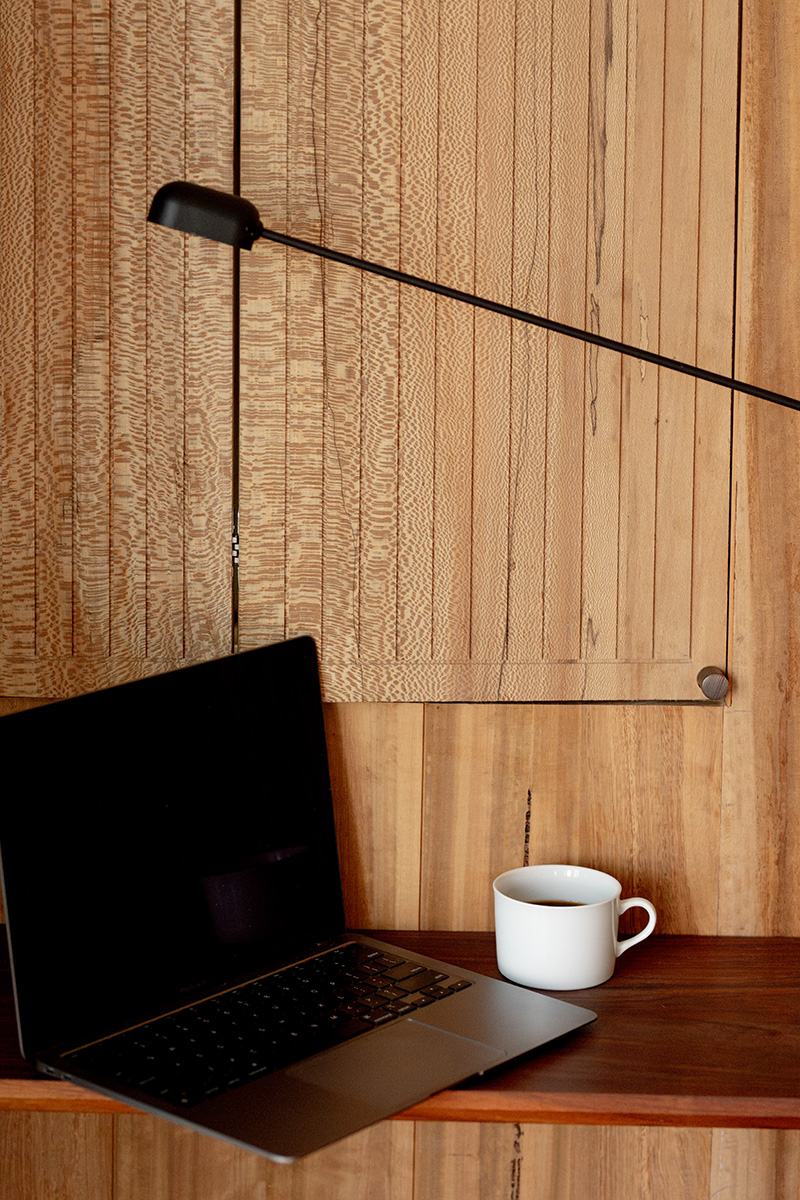
What Is The Emerging Trend Solarpunk?
Imagine this: A city as dense as Manhattan but with trees and greenery growing from every rooftop. A crystal clear river runs between the buildings instead of a road, carrying public transit boats. Bridges can also get folks from one building to the next, but no one seems in a particular hurry.
I’m describing the first solarpunk image I came across on the Internet a few years ago, just as the aesthetic movement was becoming more mainstream. You know cyberpunk, the dystopian fiction genre that combines ultra-high technology with societal collapse? Solarpunk is like the opposite.
“Solarpunk imagines futuristic utopias — ones in which humans and nature are in collaboration, rather than dissent, and all living things benefit.”
Cyberpunk rose to prominence with the New Wave science fiction movement of the ‘60s and ‘70s. Think: Ridley Scott’s 1982 Blade Runner, based on Philip K. Dick’s 1968 novel “Do Androids Dream of Electric Sheep?” It remains popular today — there’s a 2020 video game called “Cyberpunk 2077,” and “Black Mirror” is considered part of the genre, too.
Solarpunk, on the other hand, imagines futuristic utopias — ones in which humans and nature are in collaboration, rather than dissent, and all living things benefit.
“Solarpunk is just like cyberpunk, except the advances in technology, in science, don’t lead to a dystopia — they lead to a way that we can live in harmony with the earth. A way that we can have a civilization that’s more egalitarian,” says Keisha Howard in her 2018 TEDx talk, “Imagining a Solarpunk Future.”
What is solarpunk?
Solarpunk is primarily an aesthetic movement, but it’s more than that, too. “It’s a movement that really comes alive through visions of these utopic possible futures where humans live in harmony with nature and all humans are flourishing,” says Phoebe Tickell, the founder of Moral Imaginations.
A biologist by training, Tickell is now a systems thinker and social entrepreneur. Her organization trains people in what they call “imagination activism,” an imagination-powered way of seeing the world that opens up new possibilities, new actions, and new ways to change the future. Which is pretty similar to solarpunk.
Solarpunk proliferates in online spaces through elaborate illustrations like these that show stunning depictions of cities built up in forests, powered by wind and solar energy, pollution-free, full of waterfalls, public transit, biophilic design, and greenery everywhere. The idea is that we have the technology to make a world like this happen — a world in which humans and nature thrive side by side.
“The idea is that we have the technology to make a world like this happen — a world in which humans and nature thrive side by side.”
And while the suffix “-punk” conjures images of mohawks and Doc Martens, the term refers to any subculture with an ethos of subverting the norm.
Tickell describes solarpunk as sitting at the nexus of three concepts: Nature, technology, and humans. It’s about centering the health of the planet and “working in nature-informed and biomimetic ways,” utilizing our most advanced and sustainable technology to create a democratic, egalitarian society in which every human has their needs met — and even exceeded.
While primarily visually and creatively driven, solarpunk has roots in anti-capitalism, too. “Many people now agree that capitalism doesn’t work in its current form,” says Tickell. The movement imagines a world so radically different from the one we live in now, explains this Vice article, that its societal and economic structures must be different, too.
Why does solarpunk matter?
It sounds almost too idealistic, right? That’s where the imagination part comes in.
“[Solarpunk] helps expand our sense of what is possible,” explains Tickell. “It confronts the business-as-usual narrative of the world we see today, opening up the imagining of the way the world could and should be.”
Some of solarpunk’s ideas can seem a little too good to be true — a world in which all waste is repurposed, rainwater is captured, no one experiences food insecurity, no body of water is polluted, and all humans are treated equally — but that’s kind of the point. When we engage with solarpunk art, we briefly step into this new world, expanding our imaginations regarding what society is capable of and thinking in terms of climate optimism, rather than eco-anxiety.
“When we engage with solarpunk art, we briefly step into this new world, expanding our imaginations regarding what society is capable of and thinking in terms of climate optimism, rather than eco-anxiety.”
“We live in the best time right now,” Howard explains in her TEDx talk. “We are on the cusp of so many technological advances. With enough investment and time and resources, we could create systems that power the whole US with solar energy…” she says. Or “we could put that time and effort into vertical farming.”
But keep an eye out for greenwashing when you’re interacting with solarpunk media. This animated video called “Dear Alice” depicts a gorgeous farm outside a solarpunk city — but it’s also an ad for a large corporate yogurt brand.
The movement isn’t just about imaginary societies and pretty art, but rather the art is a tool to turn visions into collaboration — and then collaboration into action. “If we’re able to imagine how things could be different and beneficial for all beings, it puts pressure on [corporate and government leaders] to explain why we don’t have that reality right now,” says Tickell.
Imagining how a utopian world could work helps us slowly shift humanity’s worldview, too, one that Tickell notes has, for the last 400 years or so, been focused solely on extracting — from the resources of the planet and the labor of humans.
“Solarpunk confronts and challenges the paradigm we’re in,” she says. “If we want to change, it’s not enough to keep on trying to innovate or create new technology to plug the problems or solve the symptoms — we’ve actually got to go to the heart of the way we see the world, the way we think about our relationship to nature.”
Natalie Gale is a Contributing Editor at The Good Trade. She is a Boston-based freelance journalist. When she’s not writing about art, food, or sustainability, you can find her biking to the farmers’ market, baking, sewing, or planning her next Halloween costume. Say hi on Instagram!




